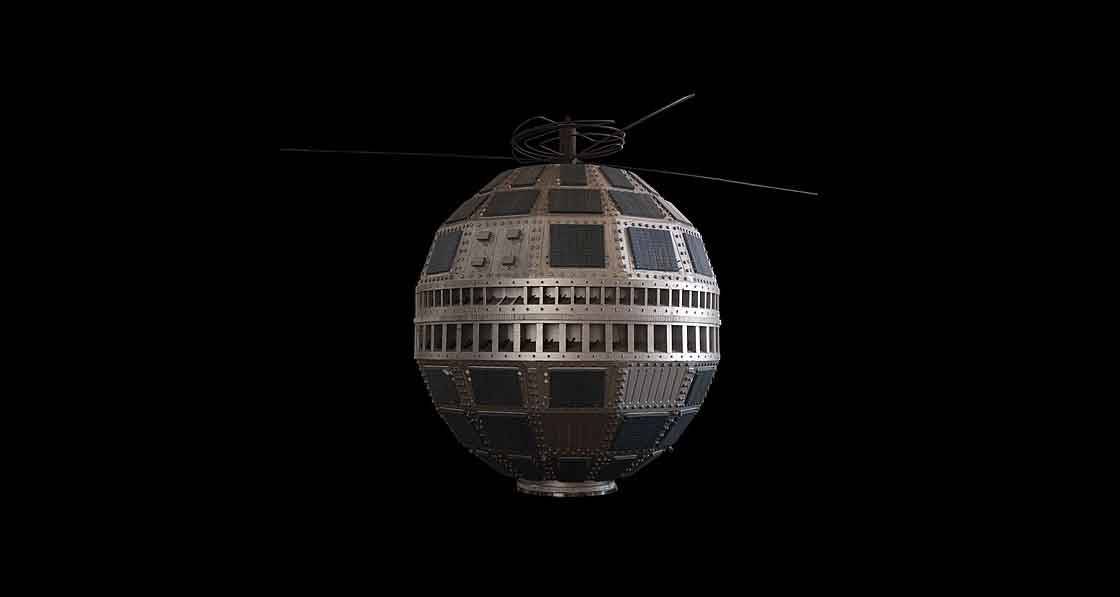
- Blogs
- Posted
The schism in solar energy
In his latest column on the evolution of solar energy, Dr Marc Ó Riain looks at how the design approaches of architects and engineers diverged in the middle of the century.
This article was originally published in issue 31 of Passive House Plus magazine. Want immediate access to all back issues and exclusive extra content? Click here to subscribe for as little as €10, or click here to receive the next issue free of charge
Architecture and engineering can often seem like different worlds, alien from each other, with different values, priorities and cultures. In the mid-late 1950s, architectural and engineering interests in solar energy and solar housing diverged, only to recombine in late 1973 to respond to the first oil crisis.
The falling price of oil, gas and electricity through the late 1950s in the US undermined the demand for existing renewable technologies.
The arrival of International movement architects from Europe displaced indigenous architects and their American modern style.
Mies van der Rohe’s Farnsworth House would trump Lloyd Wright’s Solar Hemicycle. The ‘Case Study’ house program in California had created sustainable models for modest modern living but failed to achieve mass market scalability.
By 1950, architects in the US had established the principles of good solar house design and this was promoted by manufacturers like Libby Owens Ford in their publication of modern solar house designs for nearly every US state.
The first building to have a solar array was a remote Japanese lighthouse in 1963.
Engineers like Telkes and architects like Raymond had designed an innovative house to harness solar gain through windows, storing it in phase-change heat bins (Dover House).
But consumer demand had shifted toward electricity, with most households installing refrigeration, washing machines, water heaters and 250 million mass-produced air conditioning units by 1954. Electricity - not heat - would be the focus of future research.
MIT’s 1950 conference on ‘space heating with solar energy’ demonstrated that a schism existed between architectural and engineering approaches to this changing market. Denzer (‘The Solar House’, 2013) argues that architects had focused on the psychological, aesthetic and typological effects of living in and designing an optimal house whilst the engineers were concerned with data and performance issues. Supporting this in the subsequent decade, engineers would take a different path from architects in exploring solar voltaic solutions to building energy.
Architectural styles would be freed by active engineering technologies like fluorescent lighting, air conditioning and elevators which would allow starkly rectangular, deep plan and unshaded glass slabs to be designed, mimicking Corbusier and Sant’Elia’s futurist visions. These engineering solutions freed the architect from environmental performance concerns.
“All precepts for climatic compensation through structure and form are rendered obsolete” (Banham, 1969). Therefore, architects did not need to concern themselves with engineering trivialities — systems were to be contained, hidden, enclosed and accommodated within the formal expression.
Meanwhile, the engineers shifted focus toward alternative active solar research. In 1883, American inventor Charles Fritts made a 1% efficient solar selenium cell. In 1940, Russell Shoemaker Ohl at Bell Labs discovered that a silicone sample with different levels of impurities on either side conducted current when it was exposed to light, but again was only 1% efficient.
In 1953, two chemists at Bell Labs dipped a piece of silicon containing gallium impurities into lithium and shined a light on it, producing an electrical current. Unfortunately, the gallium-lithium combination degraded too quickly at room temperature, so they shifted to a boron-arsenic silicon cell and linked them together into a “solar battery”. In 1954, they demonstrated their 6% efficient solar panel by using it to power a small toy Ferris wheel and a solar powered radio transmitter (APS 2009).
By 1957, Hoffman labs had produced an 8% efficient solar cell, 10% by 1959 and an impressive 14% by 1960. The first building to have a solar array was a remote Japanese lighthouse in 1963 with a 242-watt array by Sharp Solar who started mass production of solar cells. Luckily for this emerging technology, this coincided with the initiation of the space race. A solar array of 3,600 solar cells covered most of the Telstar 1 satellite, which was launched in 1962, and produced a tiny 14 watts of power.
Although solar PV had commercial applications in the 1960s, cost per watt could not compete with the established nuclear power industry until the 1990s. Building-integrated and roof-mounted photovoltaics only started to be seen in the early 1990s, as costs fell with advances in clean manufacturing.
PV therefore was not the technological solution to the oil crisis of 1973. There was little interest in the environment in the late 1960s, and solar architecture had failed to achieve market penetration or market consciousness.
Behavioural change and a global economic shock would be the impetus for a sudden geo-political policy and consumer change. In the next issue I will discuss the rise of the environmental movement in the 1960s that will frame this geopolitical fulcrum point.






